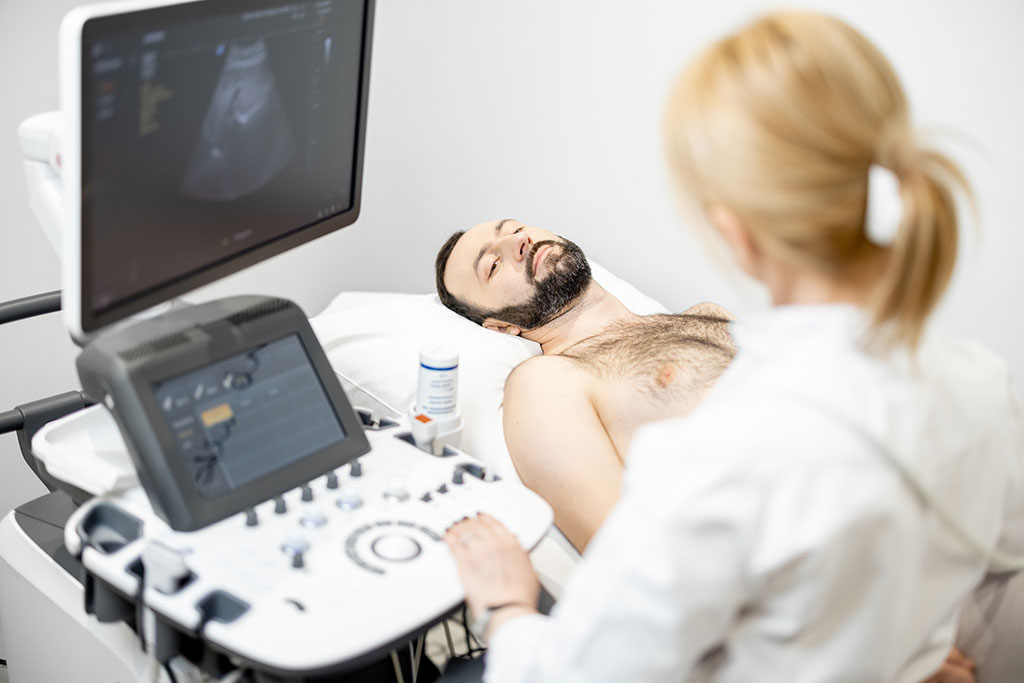Deep Learning Performs As Well As Radiologists in Ultrasonic Liver Analysis
Posted on 12 Oct 2023
Hepatic steatosis involves the accumulation of fat vacuoles in liver cells and is evaluated through steatosis grades, with higher grades indicating worse health outcomes. Researchers have now discovered that deep learning technologies applied to B-mode ultrasound can categorize these grades just as effectively as human specialists can.
Scientists at Research Center Du Chum (Montreal, Canada) have shown that deep learning matches the capability of radiologists in identifying and grading hepatic steatosis through ultrasound, despite the technology's inherent limitations in imaging fat in the liver. The researchers also highlighted that prior studies haven't sufficiently compared the performance of deep learning with that of human experts using the same test dataset. For their experiment, the team focused on the effectiveness of both radiologists and deep learning algorithms in classifying liver steatosis in patients with nonalcoholic fatty liver disease, using biopsy results as their point of reference.

The researchers employed the VGG16 deep learning model, known for its "moderate" depth and pre-trained capabilities on the ImageNet dataset. They also used fivefold cross-validation during the training phase. The study involved 199 participants, with an average age of 53; 101 were male and 98 were female. The deep learning algorithm exhibited higher AUC (Area Under the Curve) values when distinguishing between steatosis grades of 0 and 1 and performed comparably for higher grades of the condition. A subset of 52 patients was used for this test.
The study also revealed that the agreement among radiologists varied: 0.34 for grades S0 vs. S1 or higher, 0.3 for grades S0 or S1 vs. S2 or S3, and 0.37 for grades S2 or lower vs. S3. In comparison, the deep learning model had significantly higher AUC values in 11 out of 12 readings for the S0 vs. S1 or higher category (p < 0.001). There was no significant difference in the S0 or S1 vs. S2 or S3 range, while for grades S2 or lower vs. S3, the deep learning model outperformed human readings in one instance (P = .002). The researchers concluded that these results warrant further multi-center studies to confirm the efficacy of deep learning models in diagnosing liver steatosis using B-mode ultrasound.
“The performance of our model suggests that deep learning may be used for opportunistic screening of steatosis with use of B-mode ultrasound across scanners from different manufacturers or even for epidemiologic studies at a populational level if deployed on large regional imaging repositories,” stated the researchers.
Related Links:
Research Center Du Chum








 Guided Devices.jpg)




